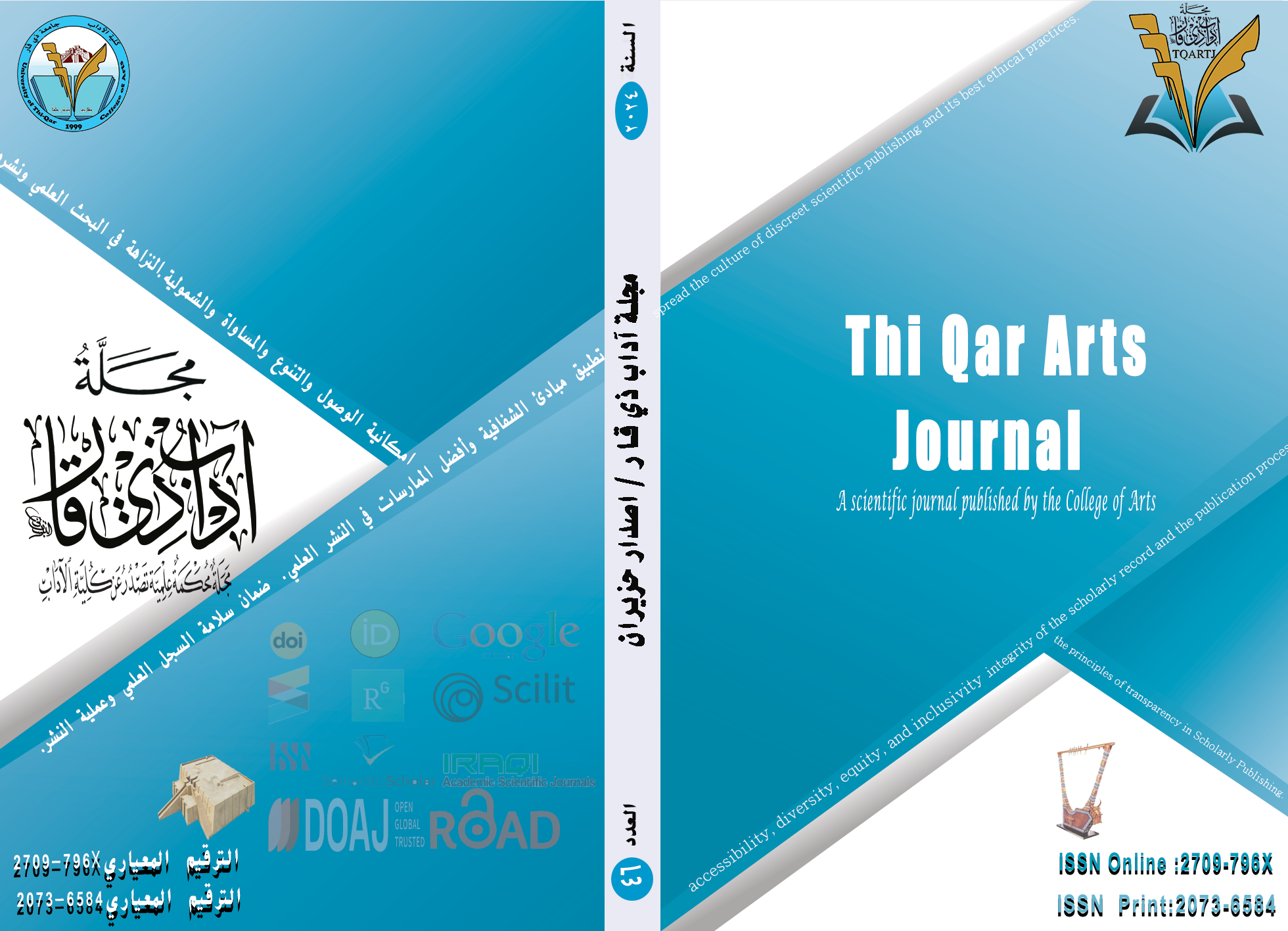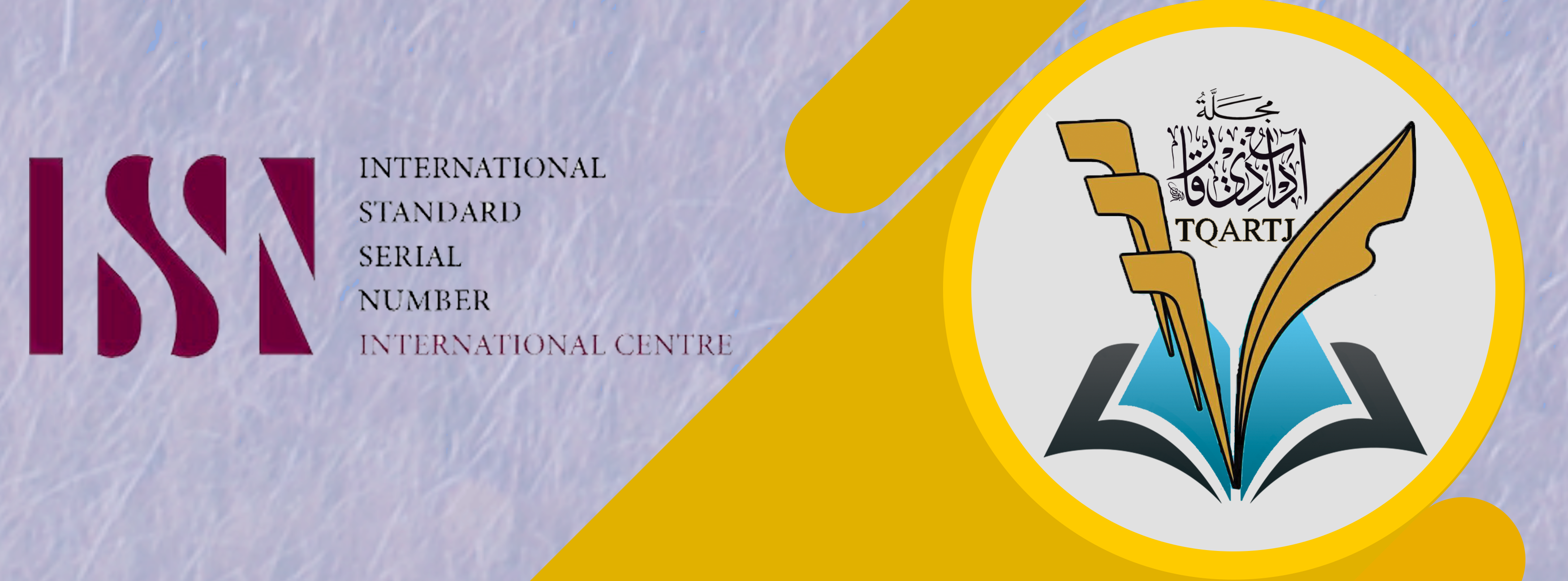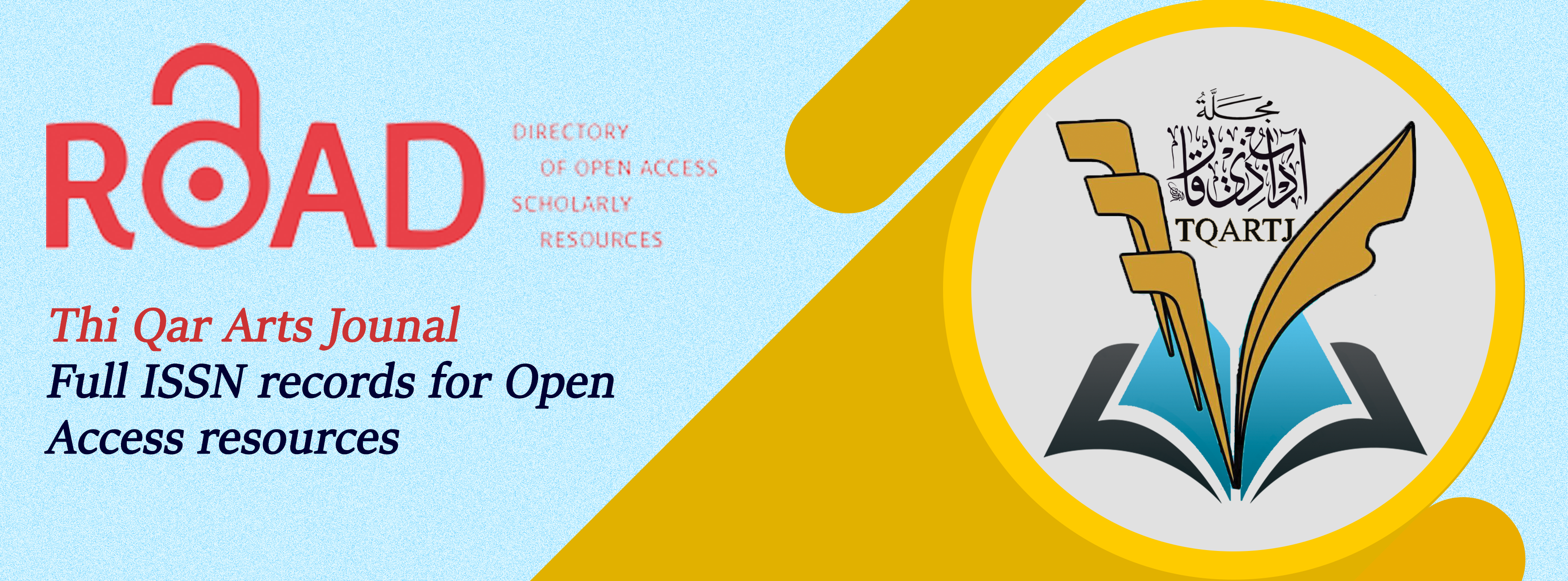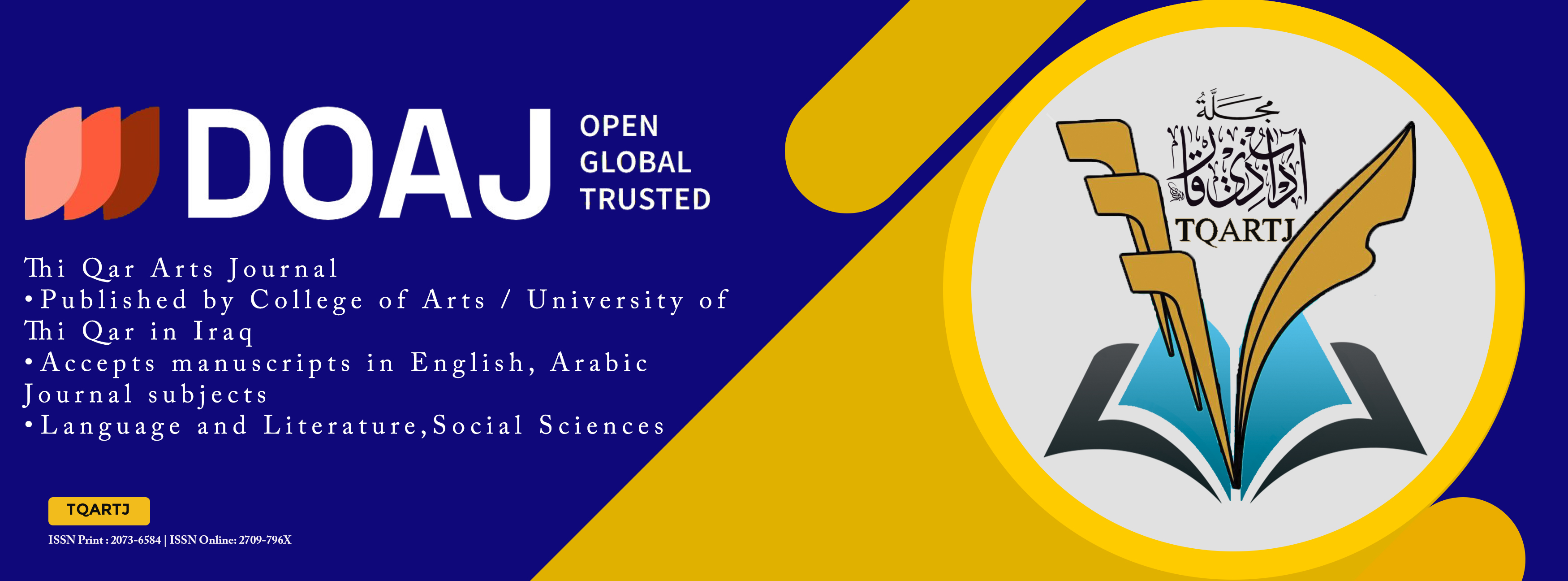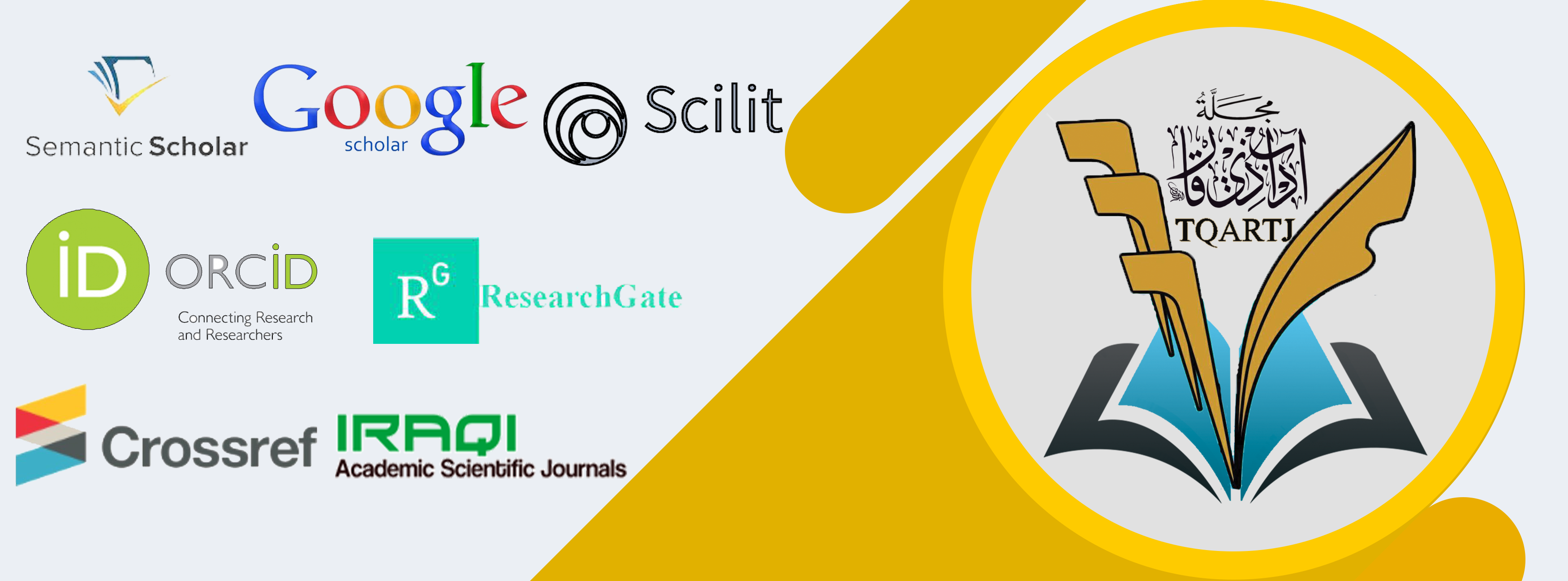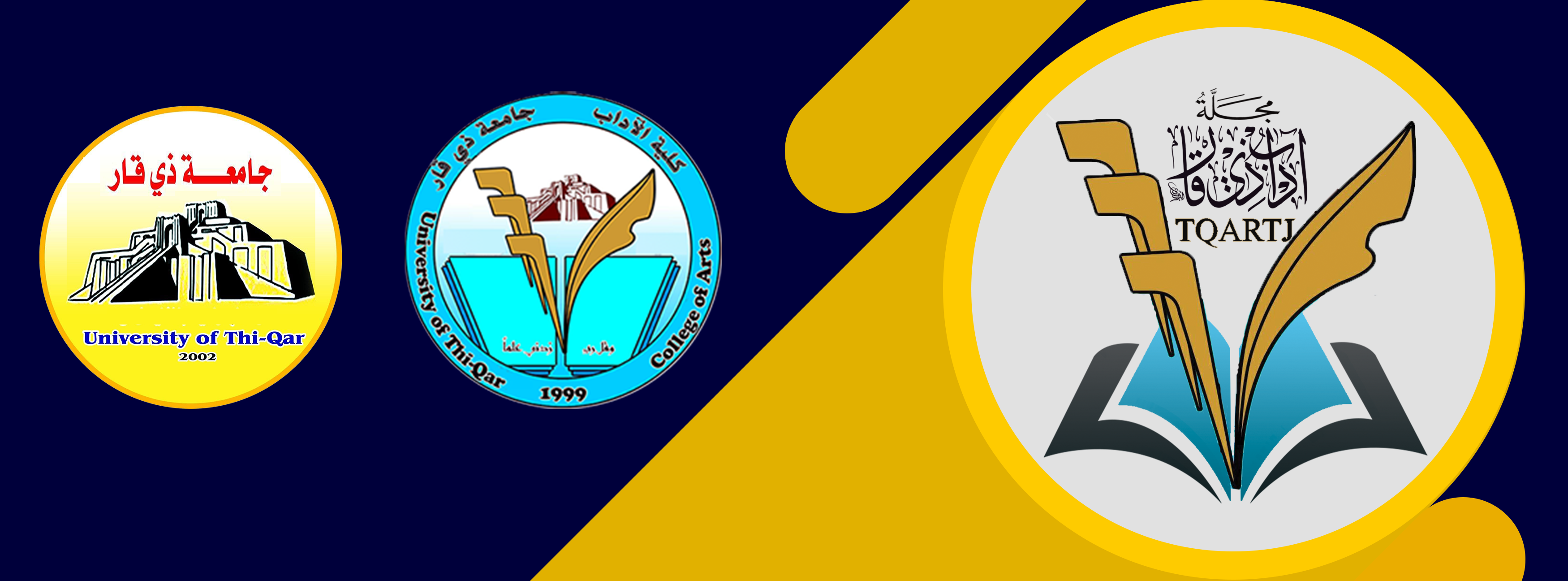تحليل الأدوات التماسكية النصية في سورة الناس: تطبيق نظرية هاليدي وحسن لتماسك النص
DOI:
https://doi.org/10.32792/tqartj.v5i46.644الكلمات المفتاحية:
Cohesive Devices, Surah AL-Nas, linguistic text analysis, grammatical devices, lexical devices.الملخص
لطالما جذبت هيكلية نص القرآن انتباه الباحثين من كل عصر. واليوم، وجدت هذه القضية مكانة خاصة في الدراسات العلمية المتعددة التخصصات، خاصة في مجال العلوم الدينية والقرآنية. تهدف هذه الدراسة إلى تحليل عناصر تماسك النص في سورة الناس بناءً على الأسس النظرية لتماسك النص لهاليدي وحسن ضمن إطار اللغويات النصية. لذا، أقوم بتحليل عناصر تماسك النص في سورة الناس بناءً على الإطار النظري للبحث، باستخدام أسلوب وصفي تحليلي وإحصائي. أقوم بجمع بيانات البحث من القرآن الكريم، والمصادر التفسيرية الموثوقة، والبرمجيات الشاملة للتفسير القرآني. من خلال التحليل، توصلنا إلى بعض النتائج: تتألف الأدوات التماسكية النصية المكتشفة في سورة الناس من عناصر لغوية مثل الإشارة، والاختصار، والاستبدال، والتماسك، ومكونات معجمية مثل التكرار، والأعلى، والترادف، والتحويل، والمترادف. يبلغ إجمالي عدد الأجهزة الاستمرائية في سورة الناس 36. بين هذه العناصر، تثبت الادوات المعجمية أكثر فعالية وتسهم بشكل أكبر من الأدوات التماسكية النصية اللغوية في تماسك الأجزاء النصية في سورة الناس. تُمثِّل الأدوات التماسكية للإشارة، والتكرار، والأعلى معًا 16.66% من التردد، متفوقة على العناصر الأخرى وتتمتع بأعلى معدل حدوث. على النقيض، فإن استخدام( فرع رئيسيSuperordinate) أقل بنسبة 2.77% بارزة مقارنة بتلك الأدوات التماسكية النصية.
التنزيلات
المراجع
Alharbi, M. (2021), Linguistic Appropriateness in Quranic Text. In Journal of Arts and Humanities. Madinah: Taibah University.
Asher, Nicholas & Alex Lascarides. 2003. Logics of Conversation. Cambridge: Cambridge University Press.
Baker, M. ( 1992). In Other Words: A Course Book on Translation. London and New: Routledge.
Beaugrande, R. & Dresslar, W. (1981). Introduction to Text Linguistics. London:
Longman.
Bloor, T.and Bloor, M. 1995. The Functional Analysis of English.London: Arnold.
Brown, G. & Yule, G. (1983). Discourse Analysis. Cambridge: Cambridge University Press.
Brinton, Laurel J. (2000). The Structure of Modern English: A Linguistic Introduction (Illustrated ed.). John Benjamins Publishing Company. p. 112. ISBN 978-90-272-2567-2.
Bublitz, W. (2011). Cohesion and Coherence. In J, Zienkowski., J-O Östman., & J,Verschueren (Eds.), Discursive pragmatics (37-49).
Coulthard, M. (1985). An Introduction to Discourse Analysis. (2th edition) London: Longman.
Cook, G. (2001). The Discourse of Advertising. London and New York: Routledge.
Eggins, S. 1994. An Introduction to Systemic Functional Linguistics.
Goldberg, A. (2006). Constructions at Work. The Nature of Generalization in Language. Oxford: Oxford University Press.
Grambs, David. The Endangered English Dictionary. Bodacious Words Your Dictionary Forgot. WW Norton & Company, 1997.
Halliday, M.A.K & Ruqaiye Hassan (1976). Cohesion in English. Longman, London.
Hasan, Ruqaiye (1984). Coherence and Cohesive Harmony. In J. Flood (ed.),
Understanding Reading Comprehension. I.R.A. Newark Delaware.
Halliday, M., &Hasan, R. (1976). Cohesion in English. London, Longman.
Hellman, Christina (1995). The notion of coherence in discourse. In Focus and Coherence in Discourse Processing edited by Rickheit, Gert and Habel, Christopher (1995). Berlin and New York: Water de Gruyter.
Hu Zhuanglin. (1994). Discourse Cohesion and Coherence. Shanghai: Shanghai Foreign Language Education Press.
Fromkin, Victoria; Robert, Rodman (1998). Introduction to Language. Harcourt Brace College Publishers. (6th ed.). Fort Worth. ISBN 978-0-03-018682-0
Nordquist , Richard(2006). Grammar and Composition Experts.Retrieved from grammar .about.com/bio/Richard –Nordquist -22176.htm
Neubert, A. & G. Shreve 1992. Translation as Text. Kent, OH: Kent
State University Press.
Nursi, S. (2007). The Letters: Epistles on Islamic Thought, Belief, and Life. Translated by Hüseyin Akarsu. New Jersey: The Light.
Nursi, S. (1995). Muhakemat. Istanbul: Envar Nesriyat.
Nur-uth-Thaqalayn. Majma'-al-Bayan, vol. 10, p. 569.
Schiffrin, Deborah. "Making a list. Discourse processes. 17.3 (1994): 377-406.
Qutub, S. (1995). Tafsir Ayat al-Riba. Cairo: Dar al-Shuruq.
Renkema, J. 1993. Discourse Studies. Amsterdam: John Benjamins.Tas, Nedim. (2005). Analysis of a text from a newspaper.
Tannen, D. (1984). The pragmatics of cross-cultural communication. Applied linguistics. 5(3), 189-195.
Tas,Nedim. (2005). ANALYSIS OF A TEXT FROM A NEWSPAPER.
Tabatabai, M.H. (1955). Translation of Tafsir Al-Mizan. Translated by Muhammad Baqir Mousavi Hamadani. Qom: Dafater Intisharat Islami, Volumes 8, 16, and 19.
Widdowson, H. G. (1978). Teaching Language as Communication. Oxford: Oxford University Press.
https://www.al-islam.org/enlightening-commentary-light-holy-quran-vol-20/surah-nas-chapter-114.
التنزيلات
منشور
كيفية الاقتباس
الرخصة
الحقوق الفكرية (c) 2024 Dr.Mokhalad Naji Kamil

هذا العمل مرخص بموجب Creative Commons Attribution 4.0 International License.
تطبق المجلة رخصة المشاع الابداعي (a Creative Commons Attribution 4.0 International) . تسمح هذه الرخصة للمؤلفين بالاحتفاظ بحقوق النشر لأوراقهم. ولكن هذه الرخصة تسمح لأي مستخدم بتحميل، طباعة، استخراج، إعادة استخدام، أرشفة، وتوزيع المقال، طالما يتم إعطاء الائتمان المناسب للمؤلفين ومصدر العمل. تضمن الرخصة أن يكون المقال متاحًا على نطاق واسع قدر الإمكان وتضمين المقال في أي أرشيف علمي.
